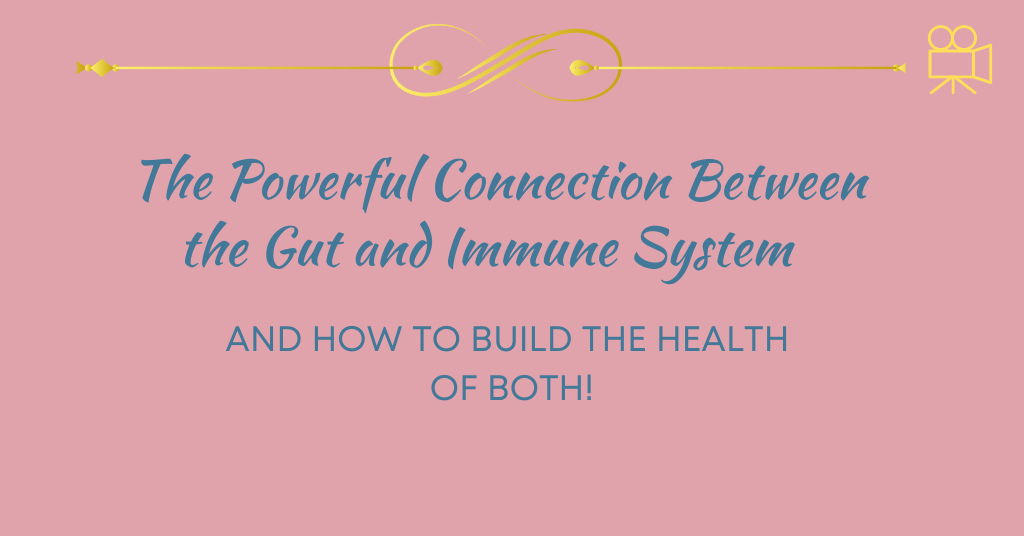What Can We Learn From the “Blue Zones”? The Habits and Practices of the World’s Longest-Lived People
Category: Healthy Living

In 2005, Dan Buettner published his groundbreaking work on longevity in a cover story for “National Geographic” magazine. Since that time, Mr. Buettner has published two books describing his work with “Blue Zones,” hot spots of longevity containing the highest percentage of centenarians. These communities have successfully closed the gap between their Health Span (the number of years they are able to live with vitality) and their overall Life Span. Isn’t that everyone’s goal?
Buettner, in partnership with the National Geographic Society, was able to identify five places around the world that met their criteria for longevity:
1. Ikaria, Greece
2. Okinawa, Japan
3. Ogliastra Region, Sardinia
4. Nicoya Peninsula, Costa Rica
5. Loma Linda, California

So, what can we learn from Buettner’s work with the Blue Zones? What activities can assist us in our quest to close the gap between our Health Span and Life Span? Buettner identified nine common denominators in the lives of centenarians. Here are five of the most important:
1. They Move Naturally. Blue Zone people do not pump iron or work out at the local gym. Exercise consists of tending their gardens, walking to their destinations and doing household chores without the benefit of modern mechanical devices.
2. They Have a Sense of Purpose. These populations know “why they wake up in the morning”. Research has shown that an additional seven years can be added to our lives simply by having a sense of purpose – beyond our jobs.
3. They Know How to Downshift. Uh oh – here comes the “S” word again. Yes, you guessed it – STRESS! The people of the Blue Zones experience stress but know how to down-regulate it. Their daily activities include taking a few minutes each day to remember their ancestors, pray, and nap. Many also participate in their own version of Happy Hour.

4. They Abide By the 80 Percent Rule. Members of the Blue Zone populations eat their smallest meal in the late afternoon to early evening and abstain from eating for the remainder of the day. In addition, they eat until they are 80% full, reducing the likelihood of weight gain.
5. They Tend Toward a Plant-Based Diet. Beans and lentils are a cornerstone in the centenarian diet. Meat is eaten sparingly and in very small portions.
Blue Zone research confirms the health benefits of a cultural environment that reinforces healthy lifestyle habits, social relationships, and psychological well being. The optimal health of our communities can only be accomplished when all three are considered and supported!
If you are interested in learning more about how you can live VIBRANTLY at any age, reach out for a copy of my “Top Ten Tips to Slow Aging” e-book or book a FREE “Health Solutions Empowerment Session” here: https://p.bttr.to/3fl3MS4
To Your Optimal Health!
Debbie



Facebook Comments